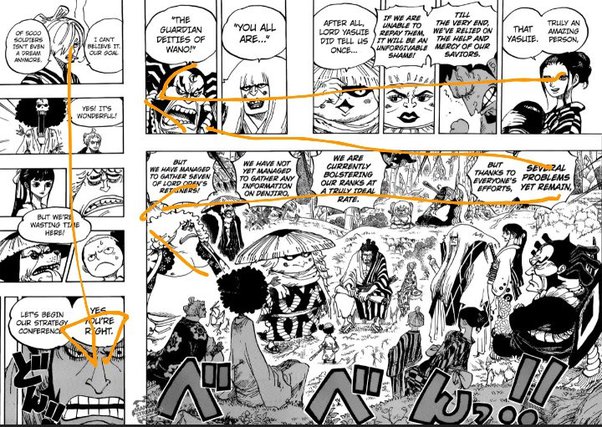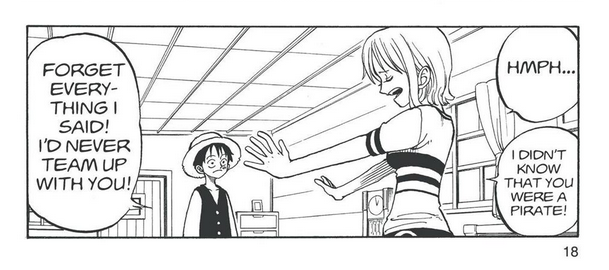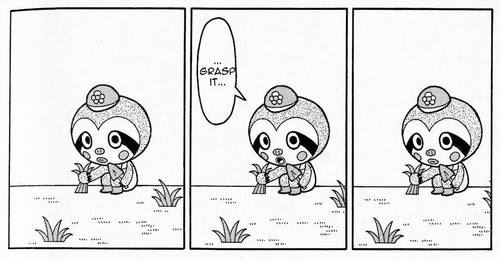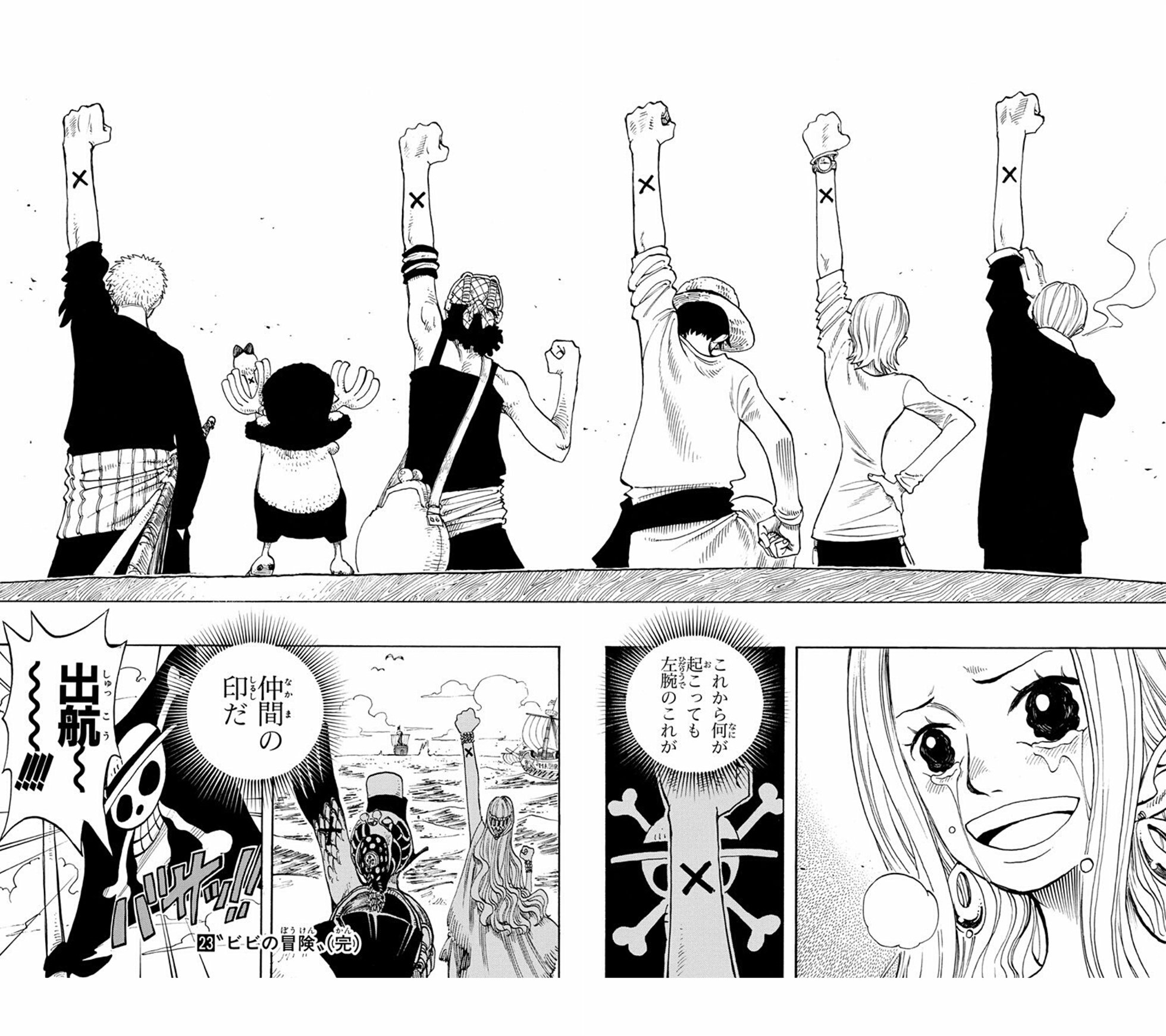It might be the first question that comes to individuals who are new to the genre’s readers’ minds. We must define manga before we respond to that. A graphic novel or comic book in the Japanese style is known as a manga. Manga readers range in age from youngsters to adults.
Even individuals who are not manga fans are likely to be familiar with popular manga series like One Piece, Naruto, and even Dragon Ball. With this in mind, it is no longer shocking that certain businesses or publishing firms provide an English translation of this manga for readers abroad.
Why Is Manga Right To Left?

The primary explanation for this is because Tategaki, a style of writing employed in Japanese literature, is followed by kanji, a type of Japanese writing. This layout moves from the right side of the page to the left. Since Japanese fans are the primary audience for the manga, the author writes in a natural style. Readers will then see that even the pages are designed after the panels are completed from right to left.
Other than the format, there are many other factors to consider when reading a manga. Some artists use symbols to convey the characters’ emotions, such as grief, fatigue, or rage. Even the speech bubbles are designed to characterize the characters’ tones further. Put your initial manga novel right in front of you with the spine pointing to the right, as you would a book on the table backward from a Western point of view, with the blurb on top. If you open it on the wrong end, you will, in any event, notice right away. Some manga even includes printed cautions on the page that readers sometimes mistake for being the beginning but is instead the last. You will eventually grow used to reading in this manner, and it is just another extraordinary talent your brain has acquired for processing information.
The first koma you must read is located in the page’s upper right corner after you’ve opened the manga to the appropriate page. The panels are then read from top to bottom and right to left. Man, fukidashi, & gitaigo are a few components inside the koma that convey action and emotion and, ultimately, bring the narrative to life. Man are tiny symbols representing movement or emotion without the need for explicit language; examples include stars for vertigo and exclamation points for excitement. A droplet of sweat close to a character’s head is another common manpu that typically conveys the character’s feeling of mild embarrassment.
The term “speech bubbles” or “thinking bubbles” in the manga is “fukidashi.” These are employed, just like in comics, when characters speak directly to one another or when they have an idea that may be easily expressed. A large percentage of a manga is told by the illustration and the manpu alone, even though fukidashi are undoubtedly crucial and frequently serve as the plot’s leading drivers. A large part of discovering manga’s enjoyment is comprehending the tale portrayed in art and nuanced expressions of emotion. Attempting to follow the story by merely reading the dialogue does not make much sense. The gitiago is yet another significant way of expressiveness. Gitano is essentially what we refer to as onomatopoeic words in English, phrases, or sentences whose sound and meaning are the same.
Just imagine bees buzzing, a word that sounds much like the sound it describes when said aloud. For instance, the Japanese word for footsteps is bata, which refers to the sound of fabric flapping in the wind. These sections are read from the top right to the bottom left, much like the rest of the manga. This won’t add to the confusion of your reading experience because most of them are focused on the person, thing, or activity they connect to. To make it simpler for readers who are not accustomed to reading from right to left, mangas are sometimes printed in the Western style, which begins with the spine on the left and moves from left to right. However, the selection of manga published in this manner is limited; therefore, learning the Japanese reading style is highly recommended if you want access to the complete range of manga.
READ MORE: Is Akame Ga Kill Manga Over? Is It Still Continuing?
Why Doesn’t The Format Of Manga Modify When It Goes To The Different Nations?

A few of you are asking a question that we believe is somewhat legitimate. If that is the case, why does manga reading in America differ from how it is done in Japan? There are two options for this question; after giving them some thought, you can see how clear they are. The first solution stems from cost effectiveness because translating manga in any language, such as English or Spanish, is very expensive. Manga is a costly medium to produce, and it costs a lot of money and time to translate it adequately into any language, including English or Spanish. There are different prices for languages that can be found online, and although it may seem affordable that a single word costs a few cents, do the math when there are 20,000 words.
Even without factoring in the cost of reworking the art to match the English language, that will only increase; this is a substantial sum. It’s not simply the absurd cost of importing manga to the west or any nation that some people would be upset about its transfer from right to left format. If you’ve ever seen anime in dub or sub, you’re aware that the anime fandom enjoys having spirited discussions about which is superior. Although we adore both equally, we are aware of the merits of both arguments, particularly the claim that sub is preferable to dub. When a manga is converted into another language, it must be altered to fit the cultural norms of the target language; if the manga format were changed to suit our English reading skills, the screens and graphics would also need to be relocated. However, it would imply modifying the primary themes of manga, which would be harsh to fans and would need a lot of time and work in addition to money. Fans of manga and anime agree that preserving a work’s original form is the best way to appreciate anything produced in Japan.
READ MORE: Why Does Boruto Not Follow The Manga?
Differences Between Comics & Graphic Novels
Perhaps you have never read a comic book and have only ever picked up a manga, and you’re asking what makes this different from comics or graphic novels. Although it may sound unusual, many anime/manga lovers that we have met at Honey’s Anime have never grown up reading comic books, unlike some of us. For such readers, the primary distinction between comics/graphic novels and manga is that the former adheres to our custom of reading comics and graphic novels from left to right, like The Walking Dead or Y: The Last Man. Even bringing this up may sound foolish, but as we already mentioned, some people are solely accustomed to reading manga and haven’t managed to pick up a Spider-Man and X-Men comic book in their lives. Don’t feel guilty if you’re one of these people. Given that some people we know exclusively watch anime and have never watched cartoons, we’re confident you’re not the only one.
Adaptation To This Style

The irony of reading manga after, say, a few months or even a few weeks is this. While the first few chapters of a new series may have confused you, if you’re brand-new to the world of manga, it will eventually become somewhat part of the routine to stop reading the manga’s ending first (though there are generally alerts to avoid doing so as it is the conclusion of the story and not the beginning) and to pick up a manga as well as start to read it from right to left as if you’ve been trained your entire life to do so). There is no justification for this other than the mind having memory while being able to understand something incorrect after making a mistake a few times. Still, we guarantee this if you read a few manga volumes. You will become so accustomed to reading manga from right to left that it will become the norm moving forward. However, it could be challenging to read western comics at that point since you might do what we did in the early days of reading manga and start the plot from the format. Yes, we were ashamed, but we also believe some of the readers would be able to relate to us in this situation.
ALSO READ: Manga My Hero Academia Chapter 363 Release Date Is Revealed!
